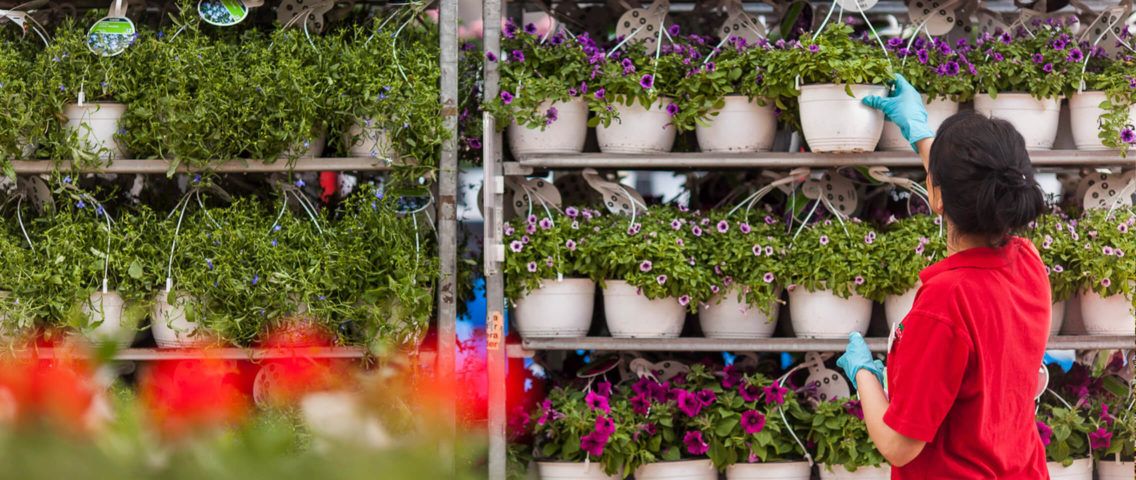Plantasjen is Scandinavia’s largest chain of garden centres and an established RELEX client. With 110 stores across the region, and an annual revenue of approximately €433M it is the market leader in Norway, Sweden, and Finland. In 2010, Plantasjen began a major overhaul of its operations, partnering with RELEX in the area of supply chain management.
Background and Challenges
Plantasjen’s aggressive expansion in the years before working with RELEX had taken its toll and the company’s processes and operations had fallen behind. Store personnel were still responsible for replenishing all ‘year-round’ items manually.
Allocation of seasonal items was done centrally, but as this was very time-consuming the central team was forced to push the entire available stock into the stores in one go, well ahead of the season, leaving little room for reactions and adjustments in-season.
Some of their key challenges included:
- Highly seasonal demand; 85% of profits is generated between April and June
- Wide range of products varying in value, origin, and shelf life
- Regional differences in climate and weather affecting local demand
“While time spent on ordering is a fraction of what it used to be, the gains in availability, sales and inventory turnover are remarkable.”
Anna Ståhle, Nordic Supply Planning Manager, Plantasjen
Implementation and Goals
The co-operation with RELEX started with a pre-study to establish the business case for improved forecasting, replenishment, and allocations. Plantasjen’s Nordic Supply Planning Manager, Anna Ståhle, explains “We already knew that significant improvements were attainable, but the pre-study was very valuable in quantifying the effects, using our own data. It is easier to make decisions with all relevant facts at hand.”
During this time, Plantasjen set several key goals for the solution, including:
- Centralise store replenishment in order to free up time for increased customer service and sales in stores
- Implement “push-pull-push”– a combination of pre-season allocation, in-season replenishment, and end-of-season allocation – for seasonal items, to achieve high availability and attractive store presentation while simultaneously minimizing residual stock
- Efficient replenishment of year-round items in order to improve inventory turnover and availability
- Better and faster decisions supply planning with more
Evolution
Plantasjen has made significant organizational changes, introduced a whole new product category, and moved from two warehouses to one central warehouse.
The RELEX system’s flexibility has supported these changes.
“In business nothing stands still,” says Ståhle. “We never stop developing our processes and improving our organisation. It’s great to be able to draw on RELEX’s supply chain expertise. Because their systems are so adaptable, we’re empowered to make all the changes we need. This means we can make any changes whenever necessary and operate as independently of them as we choose.”
Moreover RELEX’s own R&D brought further improvements.
“RELEX has taken performance to a new level,” says Ståhle. “Our daily forecast updates and order proposal calculations for ~1.7 million item-store combinations take under an hour. Although we have historical data for ~5.5 million item-store combinations in the system, reporting is very fast.”
Through RELEX, Plantasjen achieved their goals, resulting in the following:
